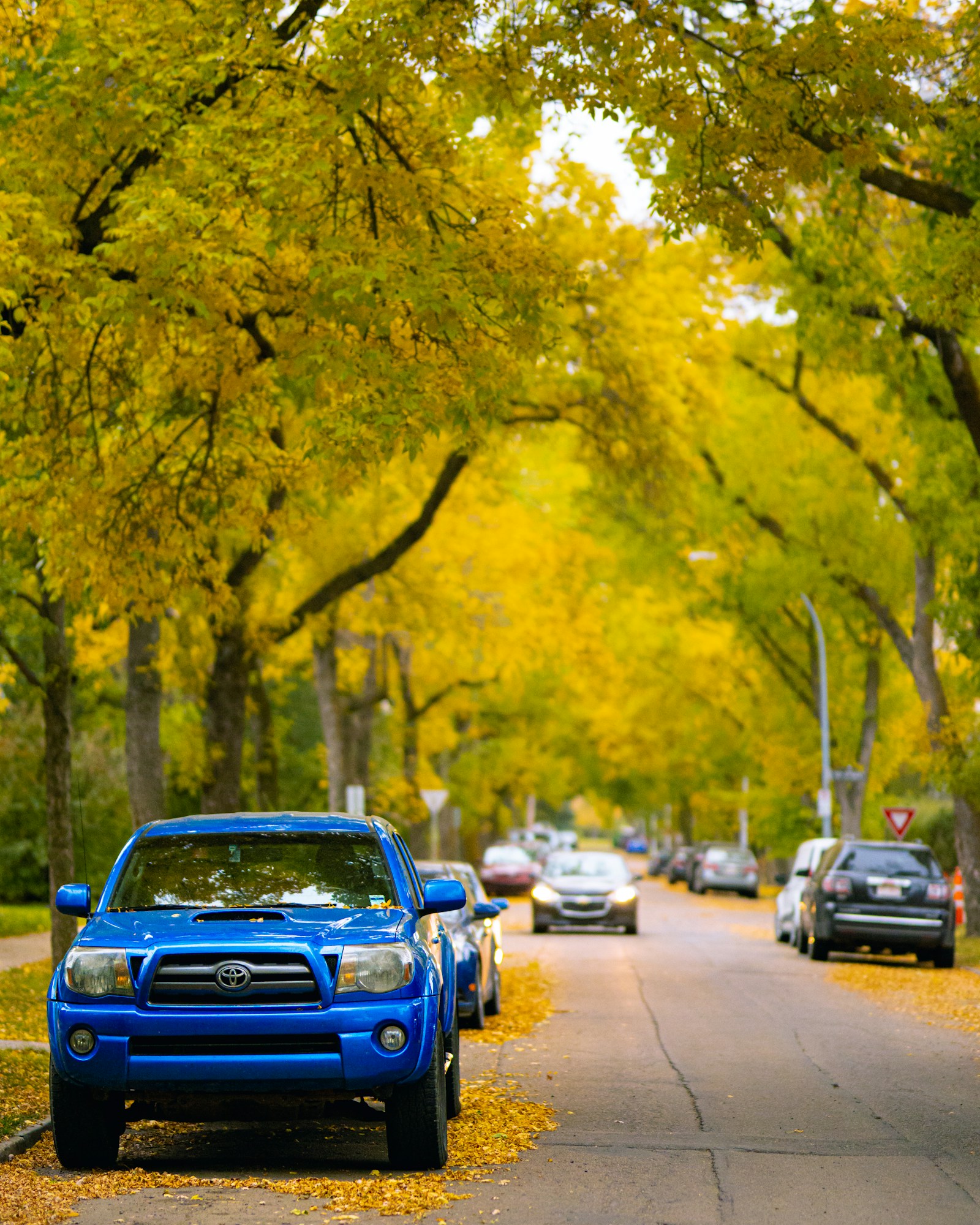For many first-time homebuyers, saving for a down payment is one of the most significant hurdles. Enter the First Home Savings Account (FHSA) — a groundbreaking tool designed to help Canadians save for their first home while enjoying substantial tax benefits. Let’s break down what the FHSA is, how it works, and why it might be the key to turning your homeownership dreams into reality.
What is the FHSA?
Introduced in 2023, the First Home Savings Account is a registered account that combines the benefits of both a Registered Retirement Savings Plan (RRSP) and a Tax-Free Savings Account (TFSA). It allows eligible Canadians to save up to $40,000 tax-free toward the purchase of their first home.

How Does the FHSA Work?
Tax-Deductible Contributions: Similar to an RRSP, contributions to an FHSA are tax-deductible. For example, if you contribute $8,000 in a year, your taxable income for that year decreases by the same amount.
Tax-Free Withdrawals: Unlike an RRSP, withdrawals from an FHSA for a qualifying home purchase are completely tax-free. This means you won’t pay taxes on either the contributions or the investment growth.
Investment Growth: Contributions can be invested in various eligible options, including stocks, bonds, mutual funds, and ETFs, allowing your savings to grow tax-free.
Who Can Open an FHSA?
To open an FHSA, you must meet the following criteria:
Be a Canadian resident.
Be at least 18 years old.
Be a first-time homebuyer. (You or your spouse/common-law partner cannot have owned a home in which you lived as a primary residence in the year the account is opened or during the previous four years.)
Contribution Limits
Annual Contribution Limit: $8,000.
Lifetime Contribution Limit: $40,000.
Carry-Forward: Unused annual contribution room can be carried forward to future years, up to a maximum of $8,000.
What Happens if You Don’t Use the FHSA?
If you don’t end up using your FHSA for a qualifying home purchase, you can transfer the funds to your RRSP or RRIF without affecting your contribution room. However, withdrawals for non-qualifying purposes will be taxed as income.
How the FHSA Differs from the Home Buyers’ Plan (HBP)
While both the FHSA and the Home Buyers’ Plan help first-time buyers, they differ significantly:
The HBP requires repayment of withdrawn funds, while the FHSA does not.
The FHSA provides tax-free growth on investments, whereas HBP withdrawals are simply temporary loans from your RRSP.
Why the FHSA Matters for First-Time Buyers
With rising home prices, the FHSA offers first-time buyers a much-needed financial advantage. The combination of tax-deductible contributions, tax-free growth, and tax-free withdrawals makes it a powerful tool to accelerate your savings.
Frequently Asked Questions (FAQ)
1. Can I use the FHSA and the Home Buyers’ Plan together? Yes, you can combine both programs to maximize your savings, but you need to meet the eligibility requirements for each.
2. What happens if I exceed my contribution limit? Excess contributions are subject to a 1% monthly penalty until withdrawn.
3. Can I open multiple FHSAs? Yes, but your total contributions across all accounts cannot exceed the annual or lifetime limits.
4. Is the FHSA available at all financial institutions? Most major Canadian financial institutions offer the FHSA. Check with your bank or credit union for availability.
5. When does the FHSA expire? An FHSA must be closed after 15 years, when you turn 71, or at the end of the year following a qualifying home purchase, whichever comes first.
Final Thoughts
The First Home Savings Account is a game-changer for Canadians aiming to buy their first home. By leveraging the unique tax advantages and savings potential, you can take significant strides toward homeownership. If you’re ready to open an FHSA or want to explore your options, feel free to reach out for personalized guidance.
For more detailed information, visit the Canada Revenue Agency’s FHSA page or the Department of Finance’s FHSA design page.

If you’re a first-time buyer in Edmonton and want to learn how the FHSA can help you secure your dream home, don’t hesitate to reach out! Call or text me today at (780) 232-2064.










